Artists:
S.T. Joshi (Spoken Word)
Theologian (Soundscapes)
C.M. Kosemen (Art)
Album: The Muse of Hyperborea by Clark Ashton Smith
Release date: 13 February 2017
Label: Cadabra Records
List of Poems:
Side A
The Harlot of the World
Nyctalops
Ode to the Abyss
A Dream of Lethe
The Tears of Lilith
Nero
From the Crypts of Memory
The Sorcerer Departs
The Touch-Stone
Side B
The Litany of the Seven Kisses
To The Daemon
The Nightmare Tarn
Memnon at Midnight
The Muse of Hyperborea
The Memnons of the Night
The Mortuary
The Traveller
Love Malevolent
Clark Ashton Smith was born and lived the entirety of his life on the west coast of the United States. In the foothills of the Sierra Nevada range Smith never ventured far from Auburn, California. Residing near San Fransisco, Smith found himself in a circle of poets that would be the center of the west coast’s literary scene for generations to come. Born in 1893, Smith was a contemporary of H.P. Lovecraft and a pupil of sorts to George Sterling. Sharing with Lovecraft an early discovery and love for The Arabian Nights as well as the works of Edgar Allan Poe, by the 1920s the two men would become close pen pals.
Clark Ashton Smith dedicated much of his early life to poetry. His first collection of poems, Odes and Sonnets was an immediate hit on the west coast, and while it wasn’t particularly well known outside the region, it drew the highest praise from many of the foremost poets of the period living in the region. He was drawn into the “Bohemian Club”, a group of respectable writers, by George Sterling. But upon contracting Tuberculosis and with little financial stability, Smith would never allow himself to become a frequent member of this circle.
Much like H.P. Lovecraft, Clark Ashton Smith would gain most of his broader popularity posthumously. As most of his works were only published in limited edition at local presses, the works of Smith would take many more years to fully spread his legacy around the western world. While, in particular, “The Hashish-Eater” found a broader audience and garnered wide-spread acclaim, by the time of Smith’s death in 1961 he was barely remembered and thus the even of his death went wholly unnoticed.
From the drastically increased popularity of H.P. Lovecraft over the last thirty odd years, the name Clark Ashton Smith has arisen more and more often. Smith and Lovecraft both frequently contributed to Weird Tales throughout the 1920s – 1930s. The two writers were in communication often through this period, which is evident in the number of times that they borrowed from each other’s mythologies.
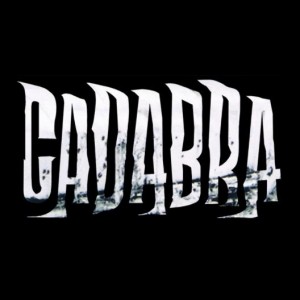 Cadabra Records have taken the weird fiction of H.P. Lovecraft very seriously and have already released two beautiful albums of spoken art. With Andrew Leman reading the stories and Theologian creating custom soundscapes to fill out the atmosphere, both these works are delightfully well executed. On The Muse of Hyperborea, Cadabra Records moves into a bit different territory, yet continues to pluck at similar emotional chords.
Cadabra Records have taken the weird fiction of H.P. Lovecraft very seriously and have already released two beautiful albums of spoken art. With Andrew Leman reading the stories and Theologian creating custom soundscapes to fill out the atmosphere, both these works are delightfully well executed. On The Muse of Hyperborea, Cadabra Records moves into a bit different territory, yet continues to pluck at similar emotional chords.
The Muse of Hyperborea is a collection of Clark Ashton Smith‘s poetry. Equally distributed between metered poetry and prose poetry listeners are given a thoroughly diverse image of Smith’s styles and execution.
None other than S.T. Joshi, the man behind pretty much every leading treatise on H.P. Lovecraft, has this time recited the poetry of Clark Ashton Smith. His delivery is quite different from that of Andrew Leman, yet the eerie elements are quite pronounced. Joshi uses his deeper tone voice to his benefit and slowly delivers each poem in a way that best fits the format of each individual piece. The metered poems are delivered almost musically as he is easily able to translate the rhythm of the individual lines into the perfect aural space. The second poem on side A, “Nyctalops” is a perfect example of this almost musical delivery. In this way Joshi is able to fully immerse listeners in his readings.
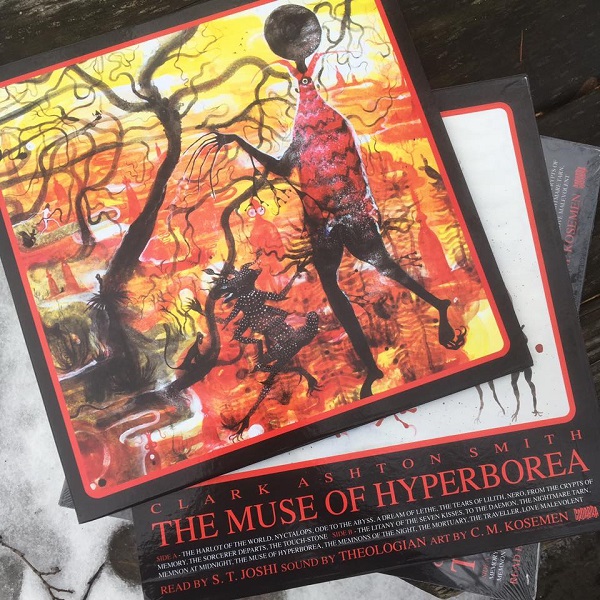
The other half of the poems curated for this release are in the prose-poetry format. In which the poems are crafted much like a short story, but still manage to retain the literary depths and beauty of his metered poetry. On these poems, Joshi often takes on a more eerie style than on the metered. His words are each delivered with a trained precision that brings the stories to life in a way many audio-book authors could only dream. This is quite understandable, as Joshi has dedicated a good deal of his time to a thorough understanding of the life and works of Clark Ashton Smith, as he was such an integral element in the life of H.P. Lovecraft, the subject of Joshi’s ultimate scholarly focus.
The subject matter of the compiled poems is reasonably wide ranging. Yet, if there is a connecting theme running throughout, it is the dark and weird elements, which would later become part of Smith’s weird prose fiction that featured in the annals of the Weird Tales magazine. The following metered poem appears half way through Side A and is a brilliant example, in short, of Smith’s amalgamation of the romantic with weird and often occult themes.
The Tears of Lilith
O lovely demon, half-divine!
Hemlock and hydromel and gall,
Honey and aconite and wine
Mingle to make that mouth of thine—
Thy mouth I love: but most of all
It is thy tears that I desire—
Thy tears, like fountain-drops that fall
In gardens red, Satanical;
Or like the tears of mist and fire,
Wept by the moon, that wizards use
To secret runes when they require
Some silver philter, sweet and dire.
Side B delivers two fitting poems as opener and closer of this second half of the album. On “The Litany of the Seven Kisses”, a prose poem, Smith delivers a piece which is certainly the most romantic of these compiled works. As a stark contrast to the opener, “Love Malevolent” closes the album with the description of a love enshrouded in the macabre, invoking the imagery of graveyards and opiates, vipers and poisoned kisses.
Theologian proves once again that his dark ambient talents are a perfect match for the Cadabra Records template. Knowing Theologian best from his harsher industrial elements and his previous project Navicon Torture Technologies, it would be a surprise to find that he is able to also craft such toned-down soundscapes. Yet, anyone who has followed Theologian closely over the years will likely have expected his talents to run into such wide-ranging areas. Running the Annihilvs Power Electronix label, the man behind Theologian knows how to work with a broad variety of styles and even genres. His ability to find diamonds-in-the-rough is quite well known to his more intimate followers.
As Theologian explains in the liner notes, he had a totally different approach to The Muse of Hyperborea than he did on Pickman’s Model or The Lurking Fear. Especially with Pickman’s Model, the story was a direct narrative. It was literally delivered from the mouth of the protagonist to one of his fellow art enthusiasts. So Theologian had a need for creating a sort of soundscape to encompass the landscapes of the cafe in which the narration centers, or the cellar where one of the final scenes takes place. The Muse of Hyperborea, being a collection of totally separate and diverse poems, gave Theologian the freedom to focus wholly on atmosphere and emotion, and less on complementing a narrative. This often leads his sounds into eerie, other-worldly and down-right hypnotic territory. Some of the musical pieces will extend across several poems, slowly building and oscillating upon their foundations. Others will bring a specific mood to a given poem, taking its cues from the delivery of S.T. Joshi.
The Muse of Hyperborea is yet another absolute delight from Cadabra Records. It is quite inspiring to witness the product of a deep-seated love for the Spoken Arts medium. Cadabra Records cut no corners, leave no element of their product lacking. From the color variants of the vinyl itself, to the sturdy construction of the jacket, to the beautiful art of C.M. Kosemen commissioned specifically for this release, Cadabra Records give us another gem to add to our collections of their indispensable and steadily expanding catalog.
Written by: Michael Barnett
Like this:
Like Loading...
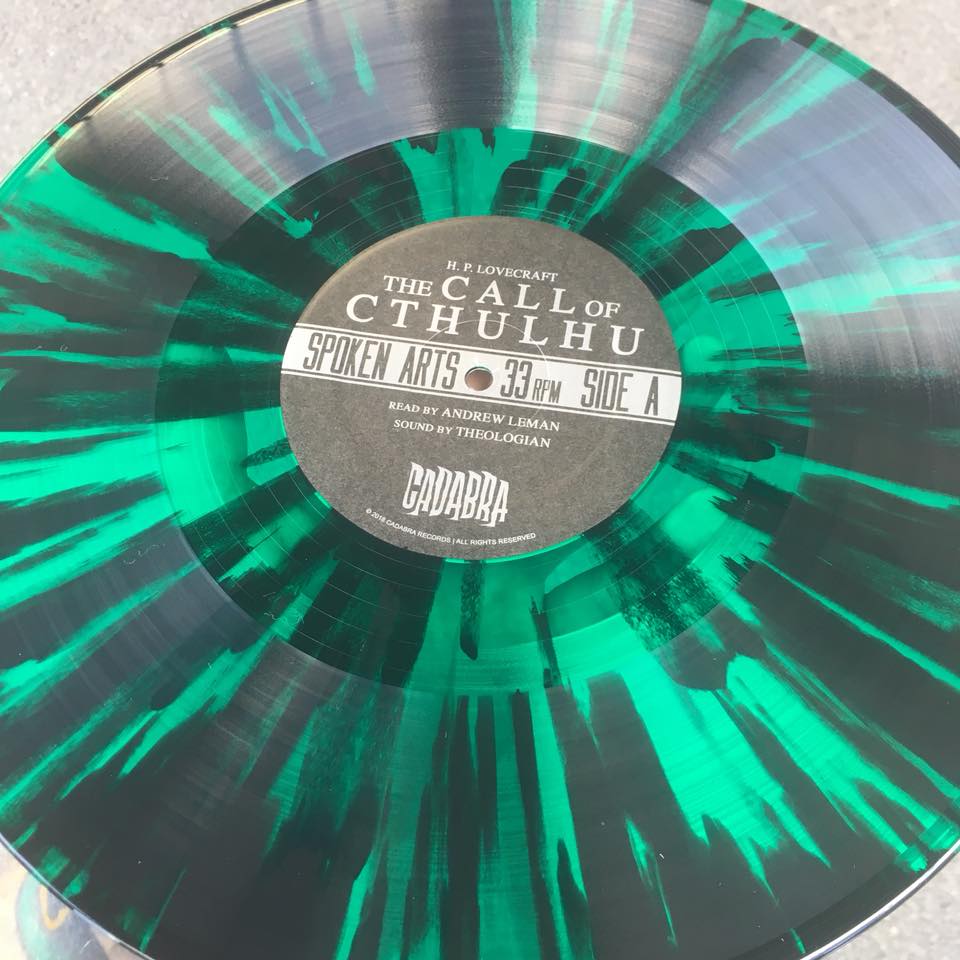
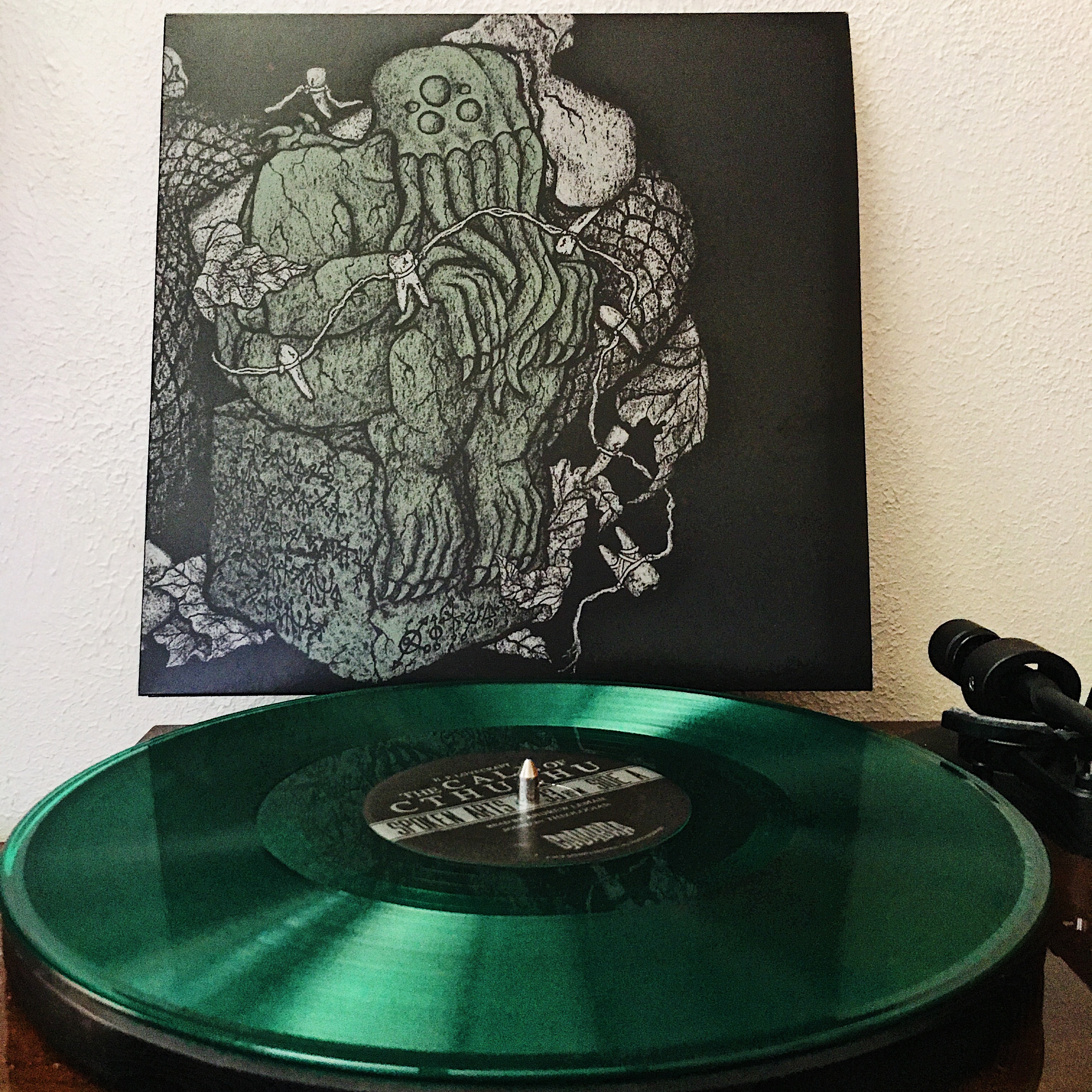


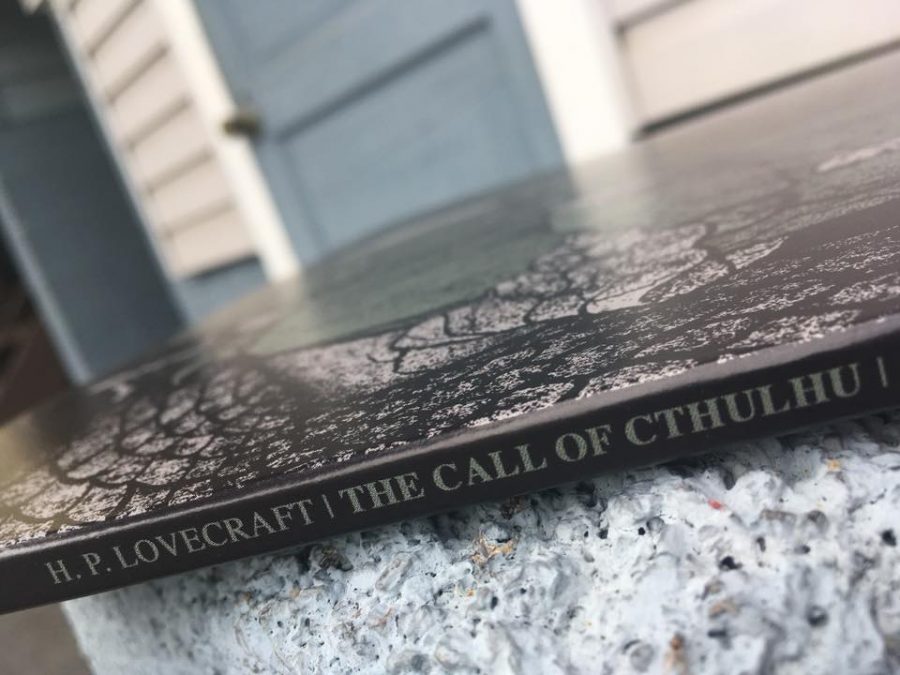
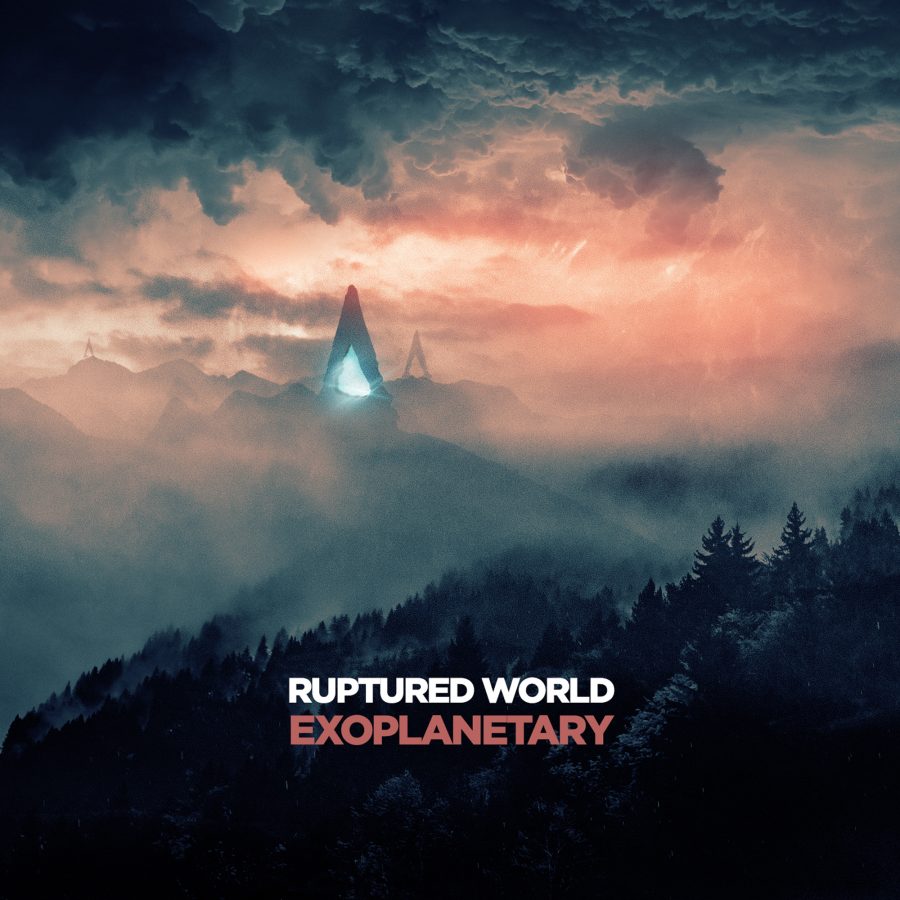
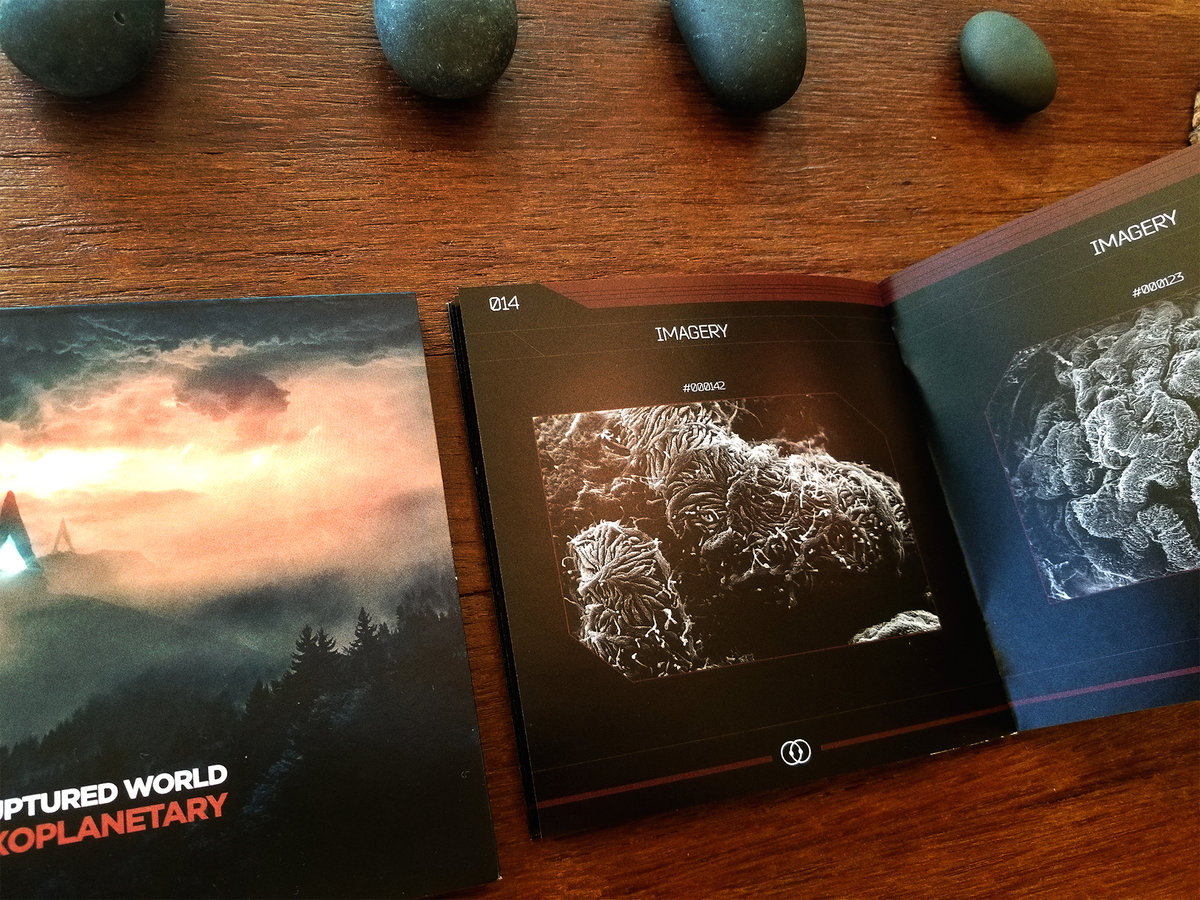
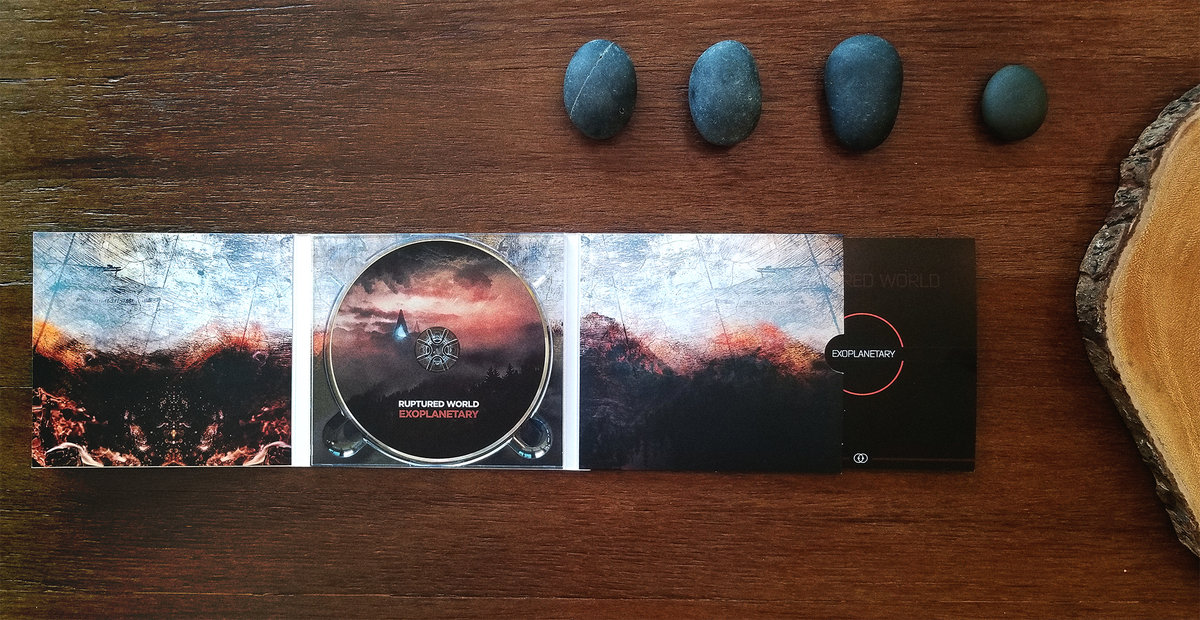
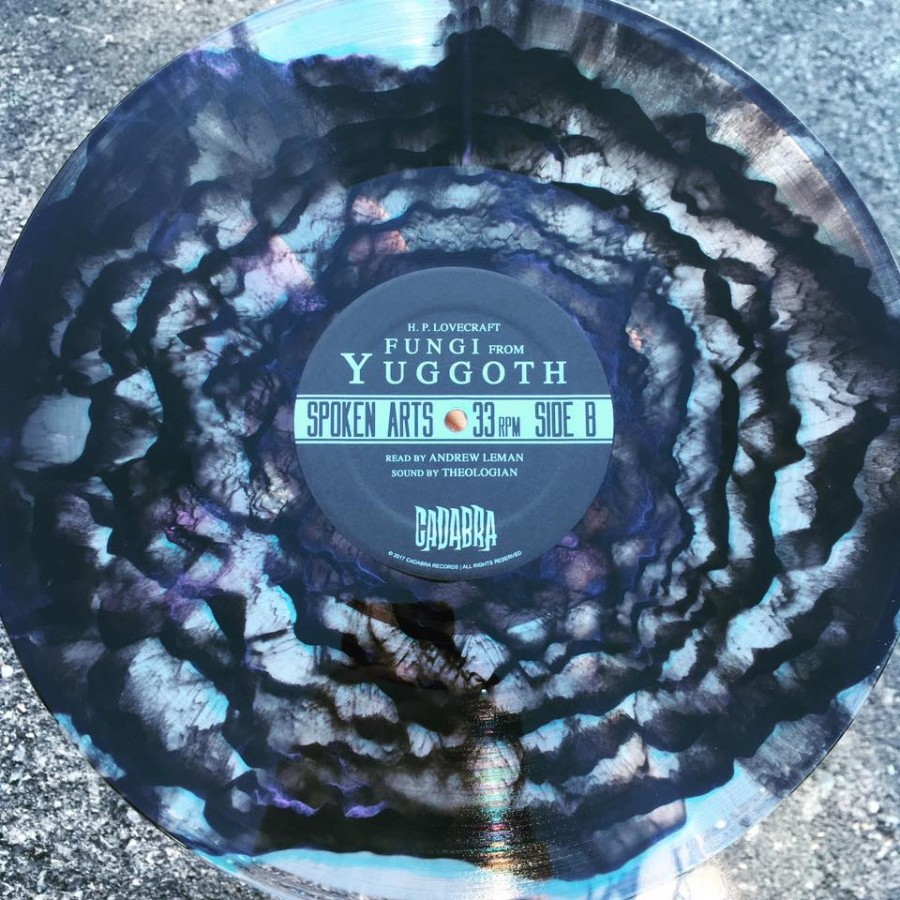
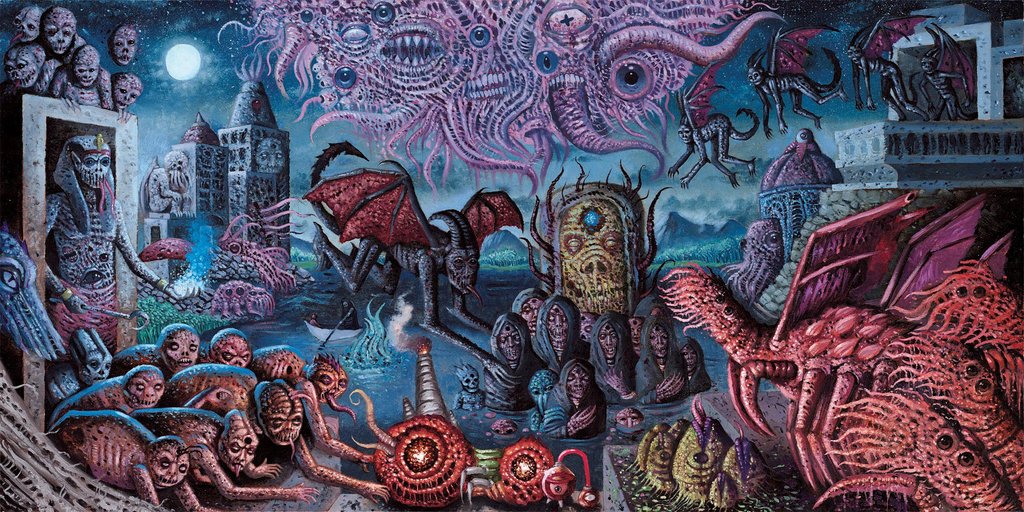

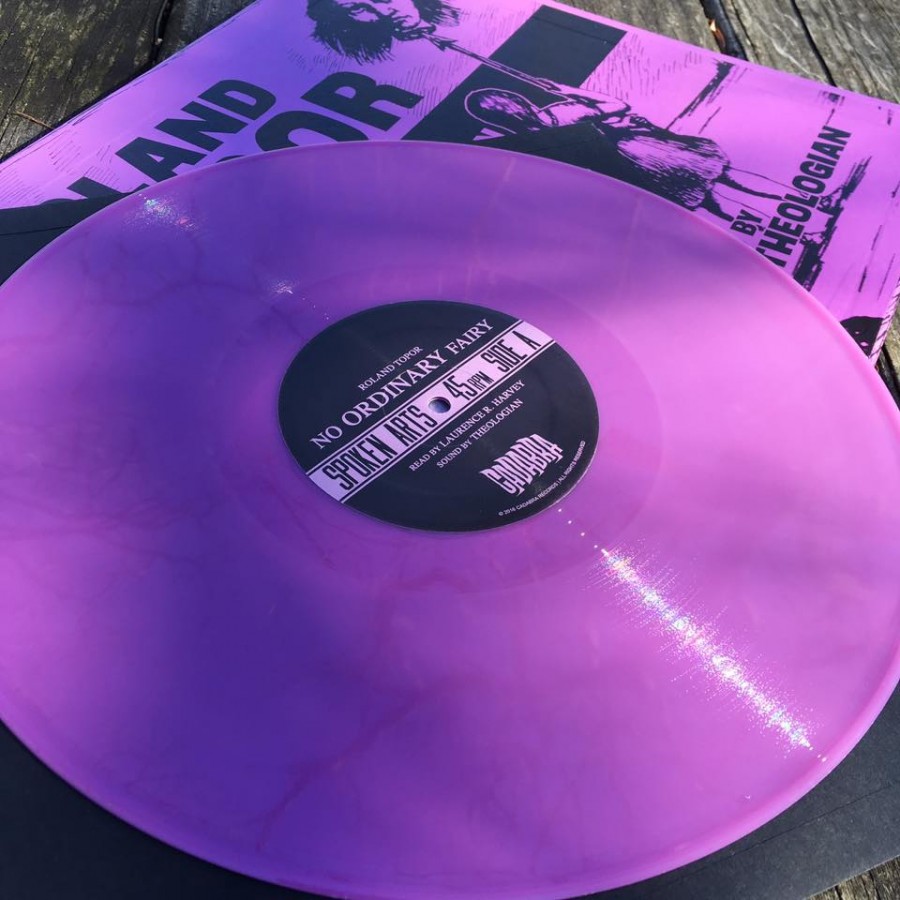
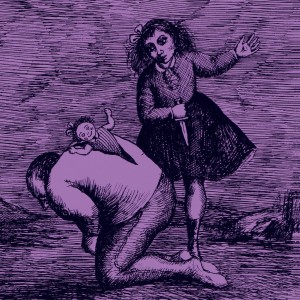 Artists:
Artists: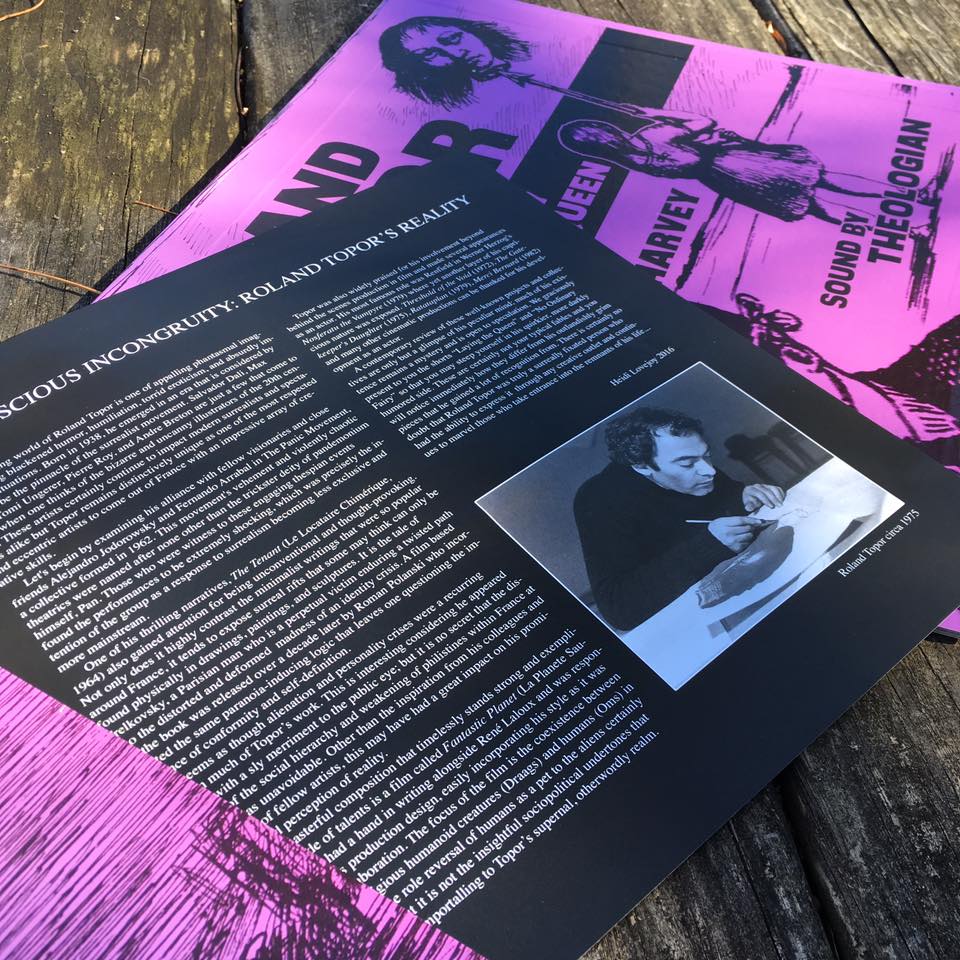
 Actor Laurence R. Harvey makes his first appearance on a
Actor Laurence R. Harvey makes his first appearance on a 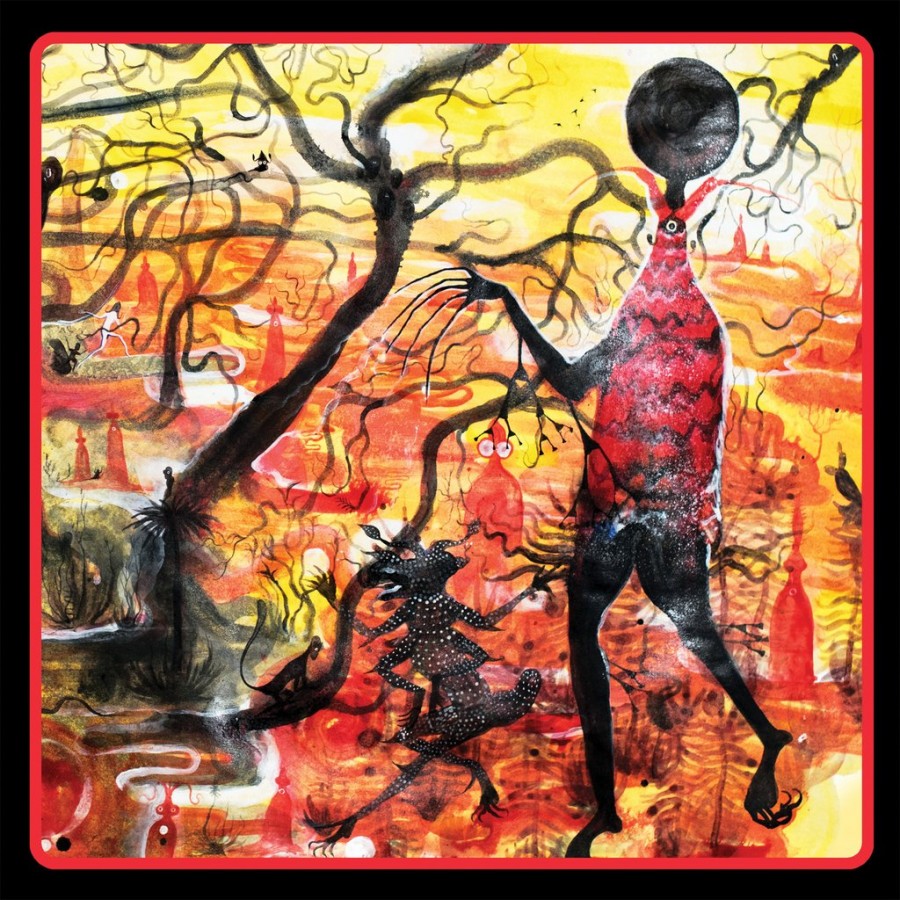
 Cadabra Records
Cadabra Records
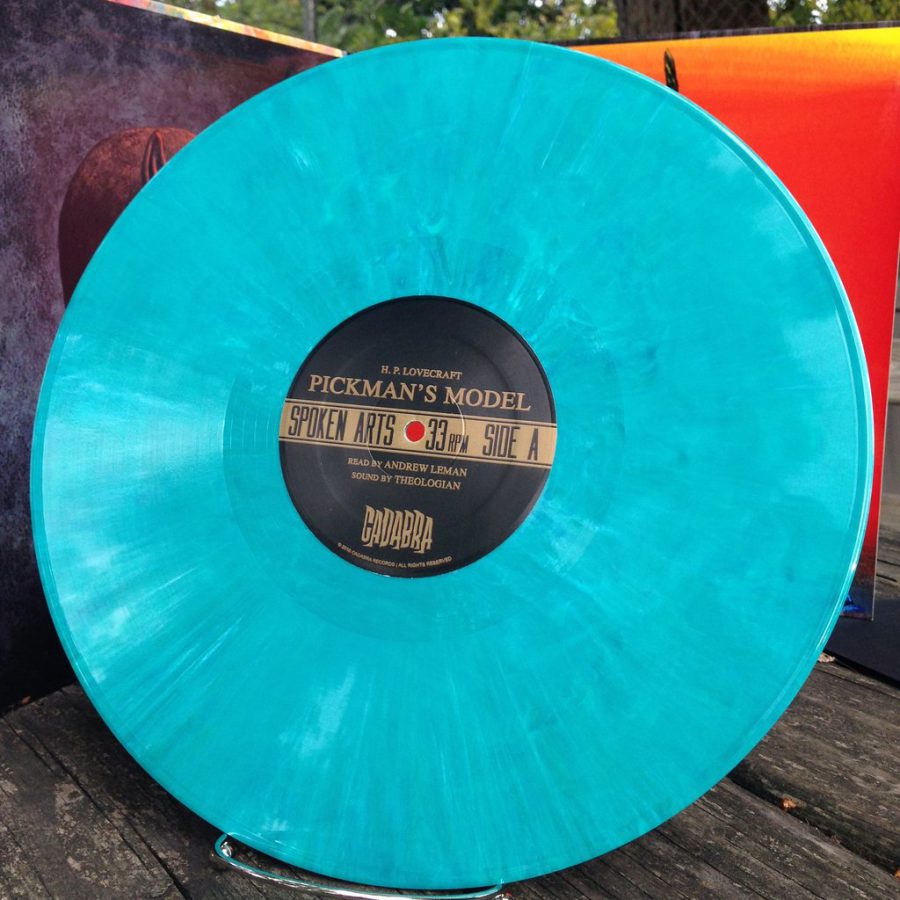
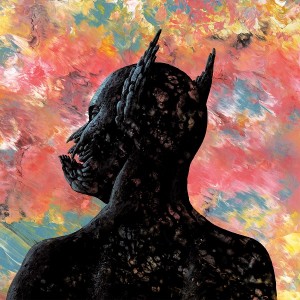 The vinyl only release gives followers a way to have that special feeling of opening a physical product for the first time, looking over its artwork and extras, pulling the vinyl from its slipcover for the first time to witness the unique colored variant of their particular purchased edition. Placing this beautiful piece of art onto the turntable for the first time and giving it an inaugural spin. Each release has its own combination of graphic artist, story-teller and soundtrack composer.
The vinyl only release gives followers a way to have that special feeling of opening a physical product for the first time, looking over its artwork and extras, pulling the vinyl from its slipcover for the first time to witness the unique colored variant of their particular purchased edition. Placing this beautiful piece of art onto the turntable for the first time and giving it an inaugural spin. Each release has its own combination of graphic artist, story-teller and soundtrack composer.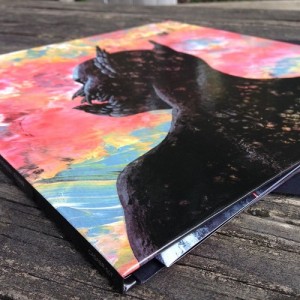 The gate-fold is of a heavy-duty ultra high quality cardboard, printed on all four sides with the beautiful artwork of Alan Brown. Each panel conveys a different imagining of the creatures Lovecraft describes in this story. The full-size booklet included is packed with even more of these original compositions. In these images, we have ample opportunity to let the creatures unfold in our own minds as Pickman’s paintings are described throughout the story.
The gate-fold is of a heavy-duty ultra high quality cardboard, printed on all four sides with the beautiful artwork of Alan Brown. Each panel conveys a different imagining of the creatures Lovecraft describes in this story. The full-size booklet included is packed with even more of these original compositions. In these images, we have ample opportunity to let the creatures unfold in our own minds as Pickman’s paintings are described throughout the story.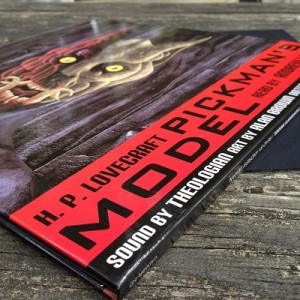 Lovecraft’s work is often evoked through dark ambient artists. There are numerous attempts, some more successful than others, in bringing the magic of his writings to life through their own musical interpretations. Theologian, the main musical project of Lee Bartow whom also owns
Lovecraft’s work is often evoked through dark ambient artists. There are numerous attempts, some more successful than others, in bringing the magic of his writings to life through their own musical interpretations. Theologian, the main musical project of Lee Bartow whom also owns 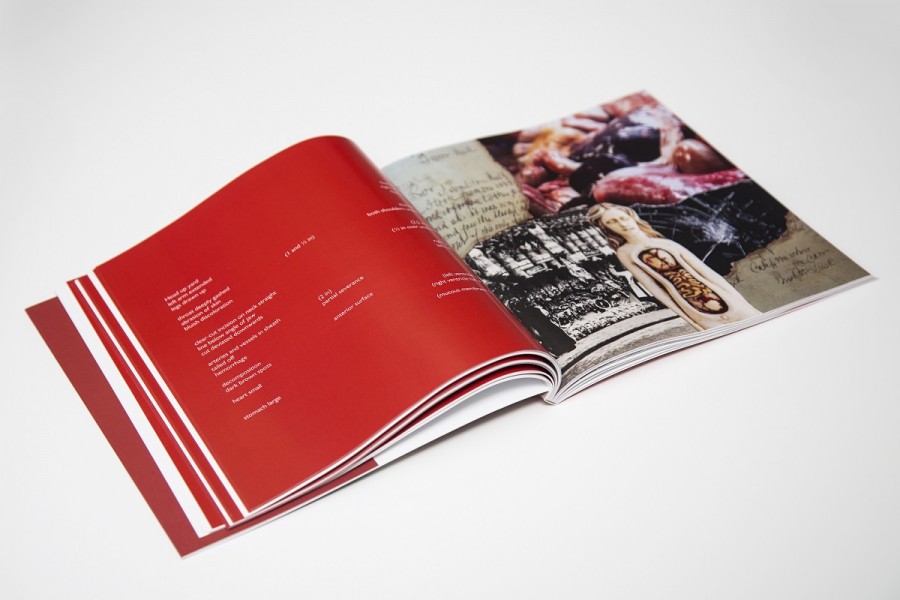
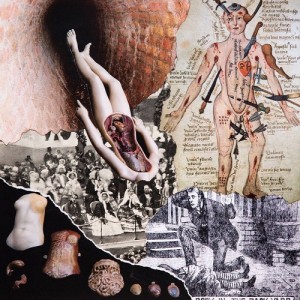 considered a normal format. The Void Ratio by Shane Levene and Karolina Urbaniak brought together photography and poetry to form a powerful picture of the life of mental destabilization matched to crippling drug addiction. Altered Balance by Jeremy Reed and Karolina Urbaniak delivered an unorthodox variation of a tribute to Coil, through the memoirs of Reed and the emotive monochrome photography of Urbaniak. The Rorschach Text by Martin Bladh showcased his brilliant use of collage in creating a narrative. Many of these elements have come together in DARKLEAKS – The Ripper Genome to form what I consider to be the best work yet by
considered a normal format. The Void Ratio by Shane Levene and Karolina Urbaniak brought together photography and poetry to form a powerful picture of the life of mental destabilization matched to crippling drug addiction. Altered Balance by Jeremy Reed and Karolina Urbaniak delivered an unorthodox variation of a tribute to Coil, through the memoirs of Reed and the emotive monochrome photography of Urbaniak. The Rorschach Text by Martin Bladh showcased his brilliant use of collage in creating a narrative. Many of these elements have come together in DARKLEAKS – The Ripper Genome to form what I consider to be the best work yet by  While Martin Bladh’s cuts are even more literal. Martin uses the scalpel to cut the pieces for his collages which at times bring the faces of two or three different men together, as if drawing them all into a set narrative. For me, the most frightening example of this was toward the end of the book where he combines Aleister Crowley, Anthony Hardy and the physician who was believed to be Jack the Ripper himself, adorning the right page. With the clippings from three articles detailing the works of these three men on its opposite. The combination is a fitting example of the way this entire book works. We are given snippets, flashbacks and narrated accounts of the thoughts and desires of so many different people throughout recent history, since the time of Jack the Ripper. This amalgamation of swirling narratives comes together to form a picture of this ‘ripper genome’, this hardwiring of the brain in some people which naturally inclines it toward these savage deeds.
While Martin Bladh’s cuts are even more literal. Martin uses the scalpel to cut the pieces for his collages which at times bring the faces of two or three different men together, as if drawing them all into a set narrative. For me, the most frightening example of this was toward the end of the book where he combines Aleister Crowley, Anthony Hardy and the physician who was believed to be Jack the Ripper himself, adorning the right page. With the clippings from three articles detailing the works of these three men on its opposite. The combination is a fitting example of the way this entire book works. We are given snippets, flashbacks and narrated accounts of the thoughts and desires of so many different people throughout recent history, since the time of Jack the Ripper. This amalgamation of swirling narratives comes together to form a picture of this ‘ripper genome’, this hardwiring of the brain in some people which naturally inclines it toward these savage deeds. narratives and allegories to bring the reader stumbling toward an understanding of the whole theme. To add even more complexity, and often disorientation to the mix, Reed hops from prose to poetry and back again. Some tales from the view of our modern times, others taking place in the late 1800s – early 1900s.
narratives and allegories to bring the reader stumbling toward an understanding of the whole theme. To add even more complexity, and often disorientation to the mix, Reed hops from prose to poetry and back again. Some tales from the view of our modern times, others taking place in the late 1800s – early 1900s.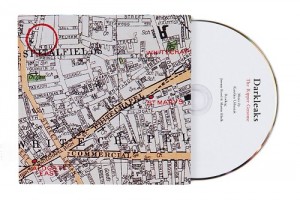 IRM and Skin Area, takes on one of his more chilling vocal styles reading several of his notes written by the killers. While Reed recites some of the more poetic clips from his works. With the disc being full of spoken-word elements it should be looked at as its own individual addition to the set, not as a background listen when reading. Each track helps color the stories in even more detail, bringing each segment to life in a totally different format from the written words and collages.
IRM and Skin Area, takes on one of his more chilling vocal styles reading several of his notes written by the killers. While Reed recites some of the more poetic clips from his works. With the disc being full of spoken-word elements it should be looked at as its own individual addition to the set, not as a background listen when reading. Each track helps color the stories in even more detail, bringing each segment to life in a totally different format from the written words and collages.